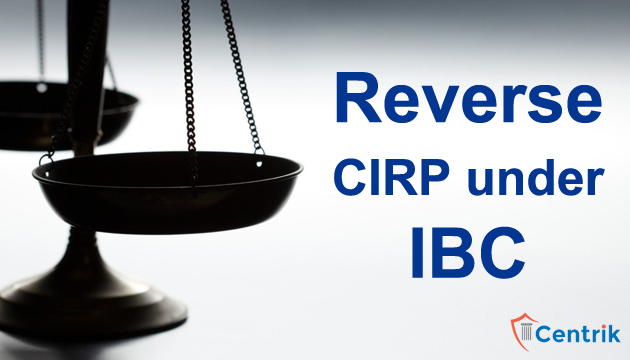
Status as on- 01/11/2022
Overview-
The concept of Reverse Insolvency was introduced in the matter of Flat Buyers Association Winter Hills-77, Gurgaon vs. Umang Realtech Pvt. Ltd. The National Company Law Appellate Tribunal took a pragmatic approach to save the interest of stakeholders and the survival of the business. The modus operandi of the Reverse Insolvency process as in the case of a Real Estate Company can be seen when in a real estate project any promoter or developer wants to remain outside the Corporate Insolvency Resolution Process but intends to act as a lender by infusing cash flow. This act of the promoter gives twin benefits: the first is to save promoters from insolvency and the second is to give possession to the Allottees in the project.
Implication if Not Properly Handled
This extraneous concept may result in real estate developers adopting reckless behaviours towards one of their projects because companies know they can get away with insolvency of that particular project and assets of other projects won’t be maximized for CIRP which may result in siphoning off funds from the project under CIRP to any other project as it deems fit. Thus, it is clear from Winter Hills’ judgment that a precedent of Reverse CIRP and Project CIRP is not against the provisions of the IBC code but may also give real estate developers a way to escape their liabilities.
Related Legal Issues & Provisions
The IBC 2016 does not provide any provisions for reverse CIRP. Moreover, the so-called CIRP has been debatable whether it will emerge as a reverse CIRP precedent after the Apex Court refused to set aside the impugned order of the NCLAT in Umang Realtech. The NCLAT in the judge noted that the “Reverse Corporate Insolvency Resolution Process can be followed in the cases of real estate infrastructure companies in the interest of the Allottees and survival of the real estate companies and to ensure completion of projects which employs a large number of unorganized workmen”.
Judicial Framework
The Concept/Mechanism of ‘Reverse Insolvency’ as envisaged in the case of Umang Realtech Pvt. Ltd.’ (Supra) and other cases is an alien concept outside the scheme of IBC and the same does not have any no provision/legislation substantiating the concept.
In a recent Insolvency case against Supertech Limited, the NCLAT has passed an order to constitute COC for one Project only. But the builder has over 20 such projects in various locations in Delhi NCR. The constitution of COC for one project instead of all is against the regular practice of CIRP. In the past two years, the NCLAT has passed similar orders in various cases and called them Reverse CIRP.
Conclusion-
We can now conclude that Reverse CIRP is a win-win process for a homebuyer as well as for project developers, we can say that Reverse CIRP is good but not a secure process as in many instances the promoters failed to provide investment as an outside financial creditor. Another drawback here is homebuyers cannot claim a refund. It is still an evolving concept therefore, we should wait for instances where Reverse CIRP shall be applied, and then we can observe the effect.
Disclaimer – The above article is based on the personal interpretation of related laws and relevant pronouncements. The readers are expected to take expert advice before putting reliance on it. For any clarification, please connect to the reader at support@centrik.in




 join For Updates
join For Updates